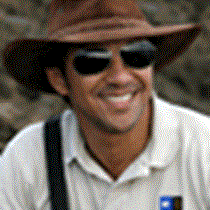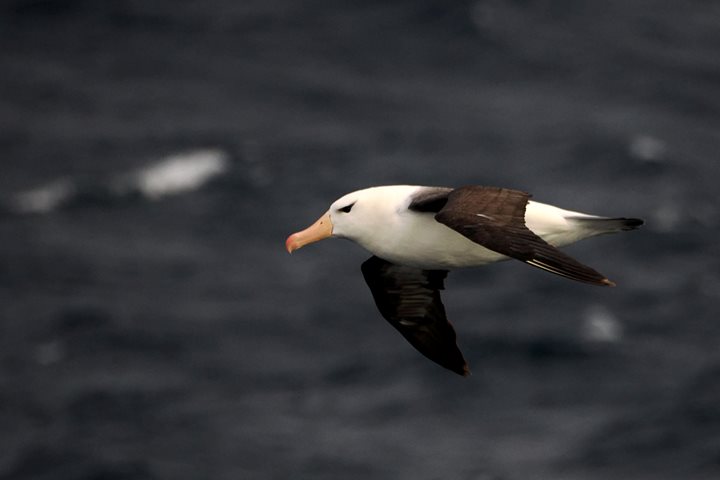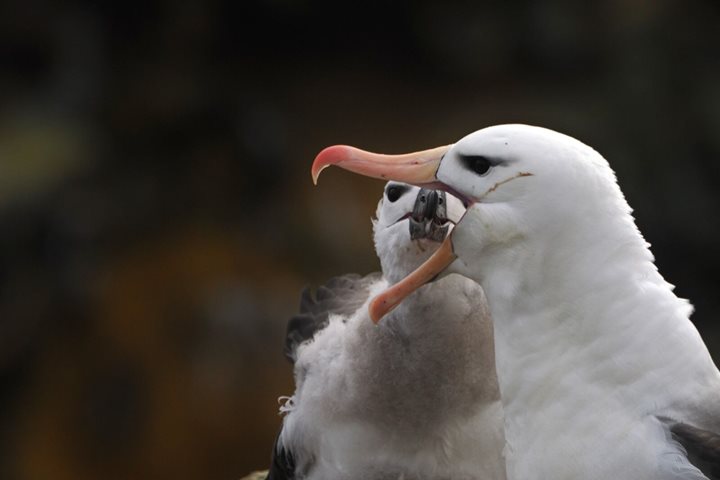We started our day landing at Fortuna Bay, one of the most iconic locations in South Georgia. A group of 43 guests and four staff from National Geographic Explorer went on a six-mile hike that ended in Stromness, the whaling station located at the other side of the bay.
This path is also known as the Shackleton’s Hike, although it is technically only the last six miles of his journey across the island. In 1916, Sir Ernest Shackleton and two of his men, Tom Crean and Frank Worsley, were hiking this very trail with a completely different goal—survival of the crew left on Elephant Island.
While the guests on Shackleton’s Hike were enjoying beautiful weather and spectacular views, National Geographic Explorer repositioned to Stromness and beached the rest of the guests for various hikes.
Today everyone enjoyed good weather and plenty of baby fur seals at the vast plain next to the station. Coincidentally, the plain leads to the famous landmark known as Shackleton’s Waterfall. This was the meeting point for guests coming from the hike and the ones marching over the plain. The day was sunny and warm and the cold waters coming from the glacier, forming the waterfall, felt like an invitation for guests to drink directly from it.
The whaling station was just ahead of us, and to honor the hikers, the captain sounded the ship’s horn in recognition of their achievement—much like the sound Shackleton and his men heard at a distance when heading to Stromness.
We headed to Grytviken in the afternoon. Another abandoned whaling station of smaller scale, this location has been partially renovated into a museum and gift shop. Together with some other buildings, they are being repaired and maintained by the United Kingdom Heritage Trust (UKHT). Part of the visit was spent touring the buildings and paying our respects to Shackleton’s grave in the station’s cemetery.
A few years ago, the ashes of Frank Wild, Shackleton’s right-hand man, were transferred to rest in peace beside his good friend, The Boss!







